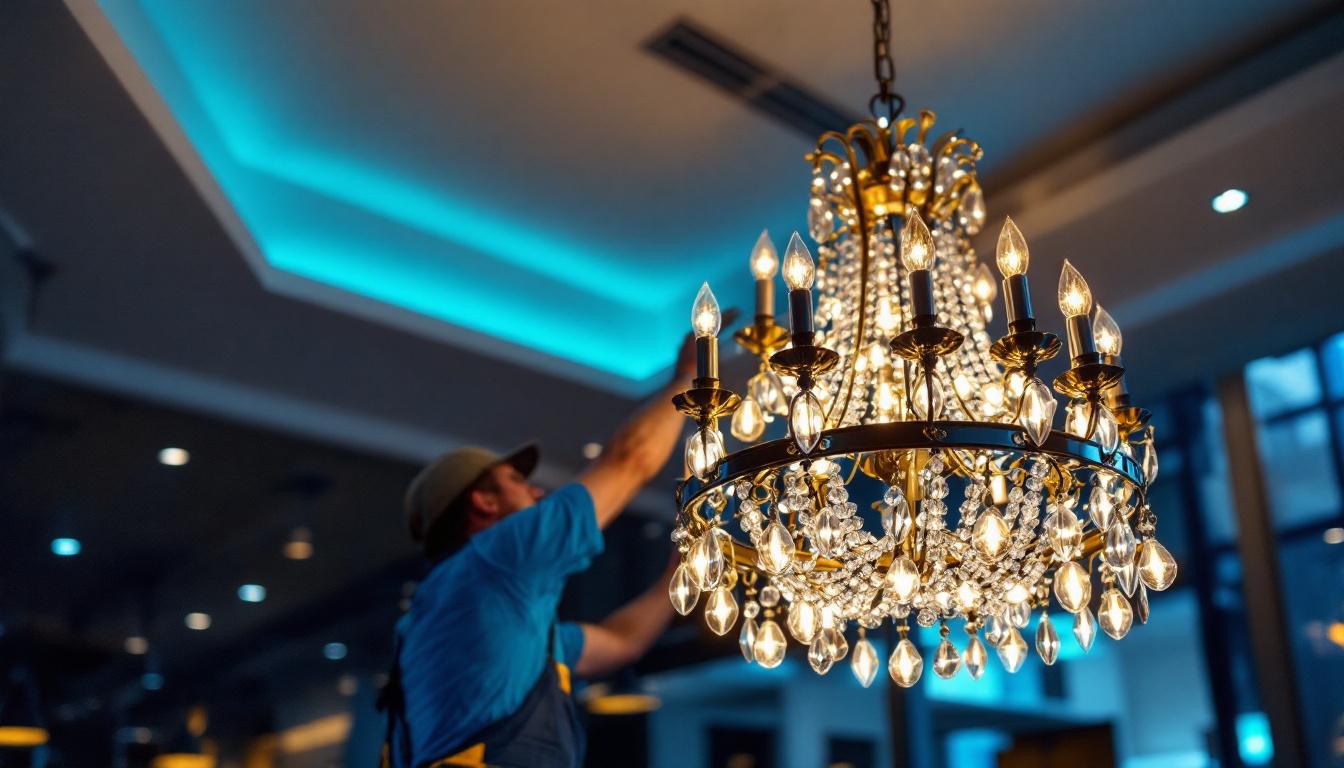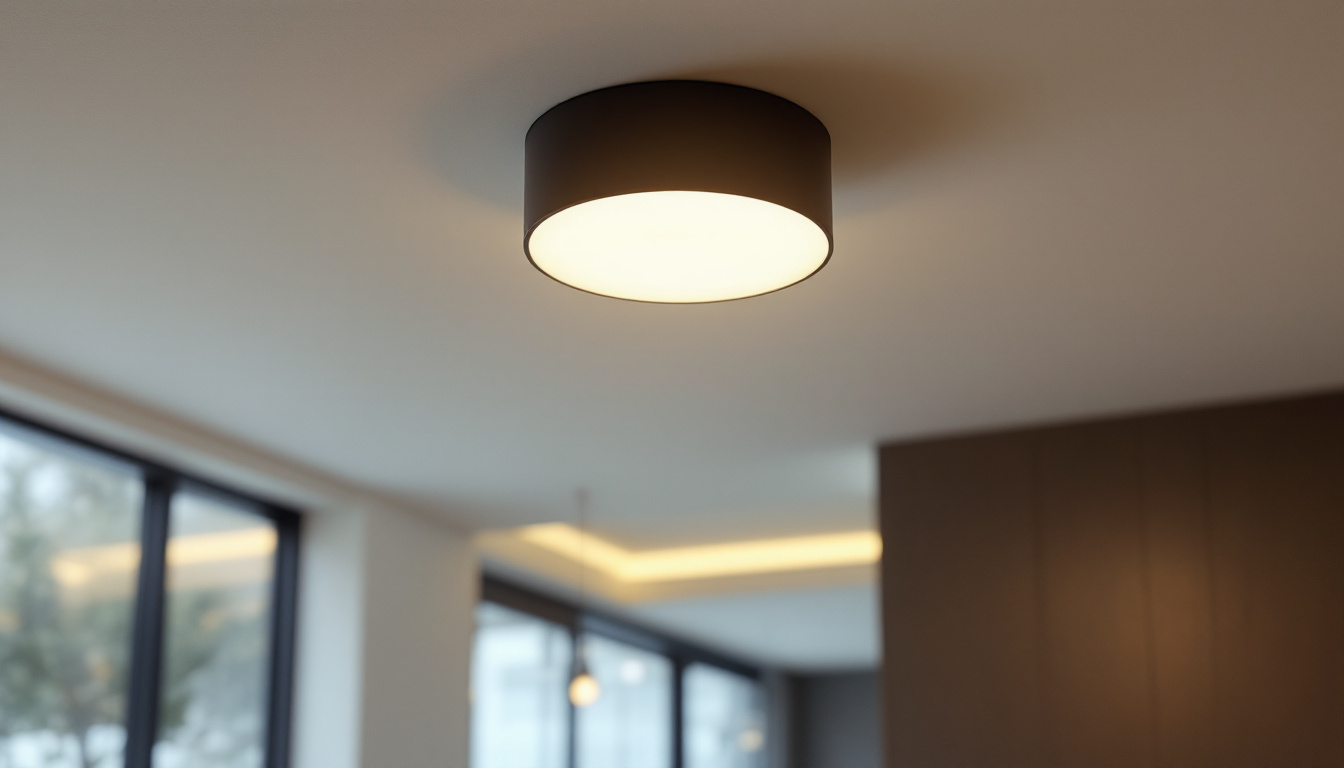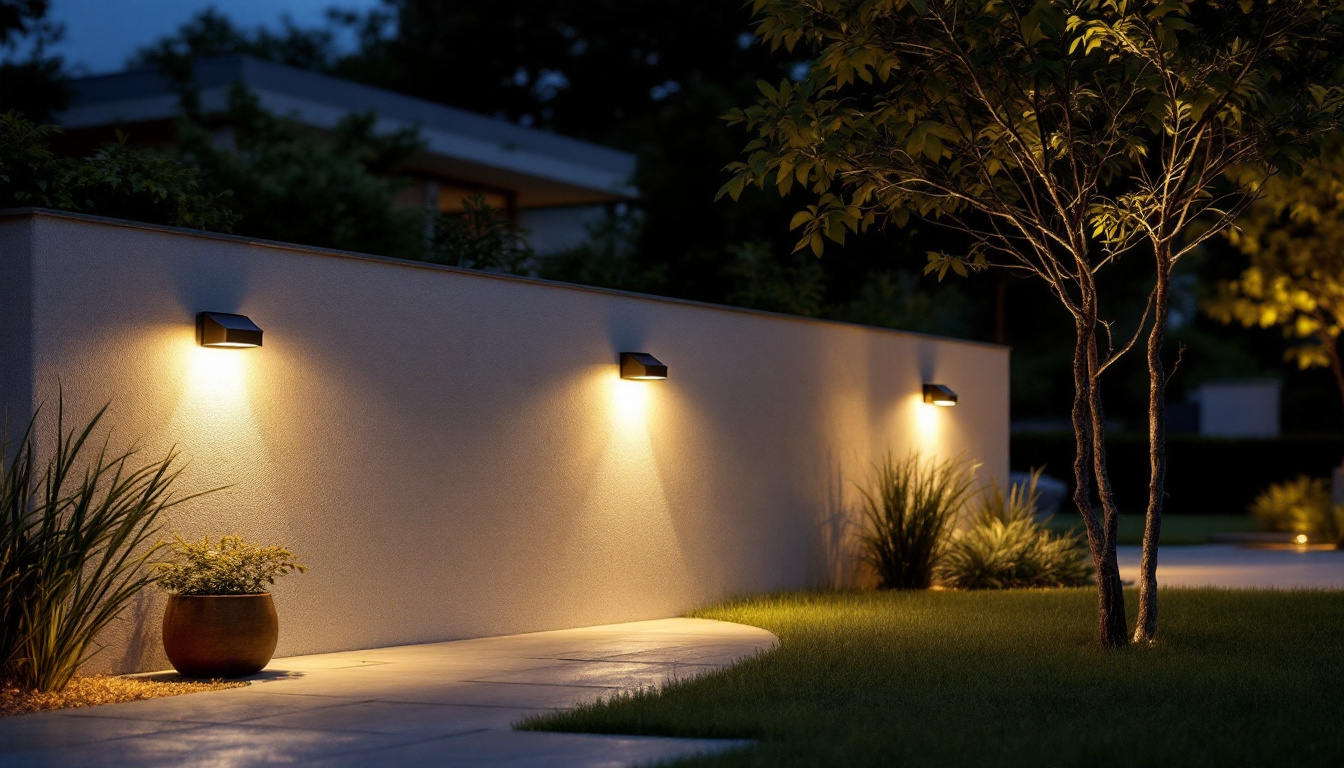
In the ever-evolving landscape of horticultural lighting, LED grow bulbs have emerged as a transformative solution for lighting contractors. These innovative bulbs not only enhance plant growth but also offer energy efficiency and versatility that traditional lighting options cannot match. As the demand for sustainable and efficient lighting solutions continues to rise, understanding the advantages of LED grow bulbs becomes essential for lighting professionals.
LED technology has revolutionized various industries, and horticulture is no exception. The adoption of LED grow bulbs is rapidly increasing, driven by their numerous benefits. From energy savings to improved plant health, these bulbs are becoming the preferred choice for both commercial growers and home gardening enthusiasts.
One of the most significant advantages of LED grow bulbs is their energy efficiency. Unlike traditional incandescent or fluorescent bulbs, LEDs consume significantly less power while providing the same or even greater light output. This translates into lower electricity bills for growers, making LED technology a cost-effective solution in the long run.
Moreover, the longevity of LED bulbs means that lighting contractors can offer clients a product that lasts much longer than conventional options. With lifespans often exceeding 50,000 hours, the replacement frequency is drastically reduced, further enhancing cost savings. This durability also means fewer maintenance calls, allowing contractors to focus on acquiring new clients and expanding their business. Additionally, the reduced heat output of LEDs minimizes the need for extensive cooling systems, which can further lower operational costs in controlled environments such as greenhouses and indoor farms.
LED grow bulbs are designed to emit specific wavelengths of light that are most beneficial for plant growth. By tailoring the light spectrum to the needs of different plants, these bulbs can promote photosynthesis more effectively than traditional lighting. For instance, blue light encourages vegetative growth, while red light supports flowering and fruiting stages.
This capability allows lighting contractors to provide customized lighting solutions that cater to the unique requirements of various plants. By understanding the specific needs of their clients, contractors can recommend the appropriate LED grow bulbs, enhancing plant health and yield. Furthermore, advancements in LED technology now allow for the development of full-spectrum grow lights that mimic natural sunlight, providing plants with a balanced light source that can lead to healthier and more robust growth. This versatility not only benefits a wide range of plants but also opens up opportunities for growers to experiment with different crops, potentially increasing their market offerings and profitability.
Another compelling aspect of LED grow bulbs is their versatility. They can be used in a variety of settings, from small home gardens to large-scale commercial greenhouses. This adaptability makes them an attractive option for lighting contractors looking to diversify their offerings.
Indoor gardening has gained immense popularity, particularly in urban areas where space is limited. LED grow bulbs are ideal for indoor setups, as they produce minimal heat, reducing the risk of damaging plants. This feature allows for closer placement of lights, maximizing the efficiency of light absorption.
In hydroponic systems, where plants rely entirely on artificial lighting, LED grow bulbs provide the necessary light spectrum to optimize growth. Lighting contractors can tap into this growing market by offering tailored LED solutions that meet the specific needs of indoor gardeners and hydroponic growers.
For larger operations, such as commercial greenhouses and nurseries, the benefits of LED grow bulbs are even more pronounced. These facilities often require extensive lighting systems to support large-scale plant production. The ability to customize light spectra and reduce energy consumption makes LED technology an attractive choice for these settings.
Lighting contractors can work closely with greenhouse operators to design efficient lighting layouts that maximize plant growth while minimizing energy costs. The integration of LED grow bulbs can lead to increased yields and healthier plants, ultimately benefiting both the contractor and the client.
As sustainability becomes a priority for many businesses, the environmental impact of lighting solutions is under scrutiny. LED grow bulbs stand out as a green alternative, contributing to reduced carbon footprints and energy consumption.
By using significantly less energy than traditional lighting options, LED grow bulbs help reduce greenhouse gas emissions associated with electricity generation. For lighting contractors, promoting LED technology aligns with the growing demand for eco-friendly solutions in the horticultural sector.
Contractors can position themselves as leaders in sustainability by advocating for the use of LED grow bulbs. This not only enhances their reputation but also attracts environmentally conscious clients who prioritize green practices in their operations.
LED bulbs are also more environmentally friendly in terms of waste management. Unlike fluorescent bulbs, which contain hazardous materials like mercury, LEDs are free from such substances. This makes them easier to recycle and dispose of responsibly.
Lighting contractors can educate their clients about the benefits of proper disposal and recycling of LED products, further reinforcing their commitment to sustainability. This added value can differentiate contractors in a competitive market.
While the benefits of LED grow bulbs are substantial, lighting contractors must also be aware of certain challenges associated with their implementation. Understanding these challenges can help contractors navigate the transition to LED technology more effectively.
Although LED grow bulbs offer long-term savings, the initial investment can be higher compared to traditional lighting options. This upfront cost may deter some clients, particularly those operating on tight budgets. Lighting contractors should be prepared to educate clients about the long-term benefits and return on investment associated with LED technology.
Offering financing options or demonstrating potential energy savings through case studies can help alleviate concerns about initial costs. By presenting a comprehensive analysis of the benefits, contractors can encourage clients to make the switch to LED grow bulbs.
The rapid advancement of LED technology means that lighting contractors must stay informed about the latest products and trends. With numerous options available in the market, selecting the right bulbs for specific applications can be challenging.
Contractors should invest time in research and training to understand the various LED grow bulb options available. This knowledge will enable them to provide informed recommendations to clients, ensuring that they choose the best products for their unique needs.
Effectively marketing LED grow bulbs is crucial for lighting contractors looking to expand their business. By highlighting the benefits and addressing potential concerns, contractors can position themselves as trusted experts in the field.
Creating educational content, such as blog posts, videos, or webinars, can help contractors engage with clients and showcase their expertise. Providing valuable information about the advantages of LED grow bulbs, installation tips, and maintenance best practices can build trust and credibility.
Additionally, offering resources such as comparison charts or case studies can help clients understand the benefits of switching to LED technology. This approach not only informs potential customers but also establishes the contractor as a knowledgeable authority in the industry.
Building strong relationships with clients is essential for long-term success in the lighting industry. Lighting contractors should take the time to understand their clients’ needs and preferences, allowing for tailored recommendations that resonate with their specific goals.
Regular follow-ups and check-ins can help contractors maintain these relationships and encourage repeat business. By positioning themselves as partners in their clients’ success, contractors can foster loyalty and drive referrals.
The future of LED grow bulbs in horticulture looks promising, with continued advancements in technology and growing awareness of their benefits. As more growers recognize the advantages of LED lighting, the demand for these products is expected to increase.
Ongoing research and development in LED technology will likely lead to even more efficient and effective grow bulbs. Innovations such as smart lighting systems that can be controlled remotely or integrated with environmental sensors will further enhance the capabilities of LED grow bulbs.
Lighting contractors should stay abreast of these developments to offer cutting-edge solutions to their clients. By embracing innovation, contractors can position themselves at the forefront of the industry.
As the market for indoor gardening and commercial horticulture continues to grow, lighting contractors have the opportunity to expand their services. By offering comprehensive lighting solutions that incorporate LED grow bulbs, contractors can tap into new revenue streams and attract a diverse clientele.
Whether working with hobbyists or large-scale growers, the versatility and benefits of LED grow bulbs make them an essential component of modern horticultural lighting. Contractors who recognize this trend and adapt their offerings accordingly will be well-positioned for success.
LED grow bulbs represent a significant advancement in horticultural lighting, offering numerous benefits that lighting contractors can leverage to enhance their business. From energy efficiency to customized light spectra, these bulbs provide solutions that meet the evolving needs of growers.
By understanding the advantages and challenges associated with LED technology, contractors can effectively market their services and build lasting relationships with clients. As the demand for sustainable and efficient lighting solutions continues to rise, embracing LED grow bulbs is not just a trend—it’s a strategic move for lighting contractors looking to thrive in a competitive market.
Ready to elevate your lighting game with the most efficient LED grow bulbs on the market? Look no further than LumenWholesale, where we provide lighting contractors with the highest quality, spec-grade lighting products at unbeatable wholesale prices. Say goodbye to local distributor markups and hello to superior lighting solutions that meet the strictest industry standards. With LumenWholesale, bulk buying is a breeze, thanks to our hassle-free process and free shipping. Don’t miss out on the perfect combination of quality, affordability, and convenience. Make the strategic choice for your business and discover wholesale lighting at the best value today!

Illuminate your projects with style and efficiency! Discover everything lighting contractors need to know about commercial chandeliers, from selecting the perfect design to installation tips and maintenance advice..

Discover how small flush mount ceiling lights are transforming the projects of lighting contractors.

Discover the essential insights lighting contractors need to meet client expectations for solar wall mounted lights.

Explore the essential insights and strategies for lighting contractors in “Flicker Light: The Points for Lighting Contractors.” Discover how to tackle common challenges, enhance project efficiency, and deliver superior lighting solutions that stand out in the industry..